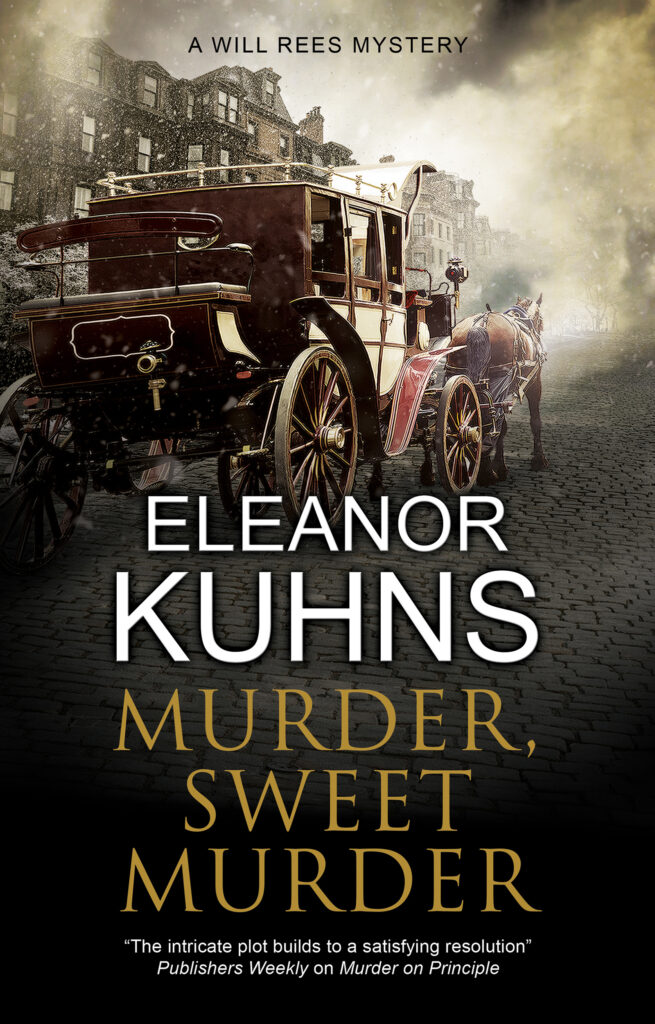The cruise I was on for vacation stopped at Falmouth Jamaica. An excursion out went to the Good Hope Plantation. I was particularly interested in visiting this estate since my most recent book, Murder, Sweet Murder, centers around a sugar plantation in Jamaica.

Sugarcane is a finicky crop that demands a particular temperature and regular water. Since it exhausts the soil, new fields must always be planted. It is also very labor intensive.
The Good Hope estate was set up in 1774 and, at its height, used about 3000 slaves.
Several buildings from that time are still there, although they are being used now as a shop, reception area and a restaurant. A small museum was attached.
One of the tools used to create sugar from the cane is a pot that resembles a wok. Five of these, the heat increasing as the syrup was moved from one pan to another, boiled the cane juice down. The resulting syrup was allowed to cool and the sugar crystallized out of it. The crystals are allowed to continue drying and then packed in barrels.
This must have been some process. Anyone who has ever made fudge knows how quickly sugar burns. (At the Whitney Plantation near New Orleans, a site now dedicated to the enslaved people who worked it, we were told that children were usually given the job of stirring the syrup, I can hardly imagine assigning a child to such a dangerous task.)
The byproduct of sugar making is molasses which was fermented into rum. The lowest quality was called killdevil, screech and a number of other names. Nonetheless,, everyone drank rum – until the Whiskey Rebellion in the new United States made whiskey the patriotic drink.
At its height, Jamaica produced about 20% of the world’s sugar. The amount dropped off when slavery was abolished and the plantations lost their enslaved workforce.
I did not see the house but pictures show an elegant home and hint at the gracious lifestyle the enslaved population offered the white planters.
